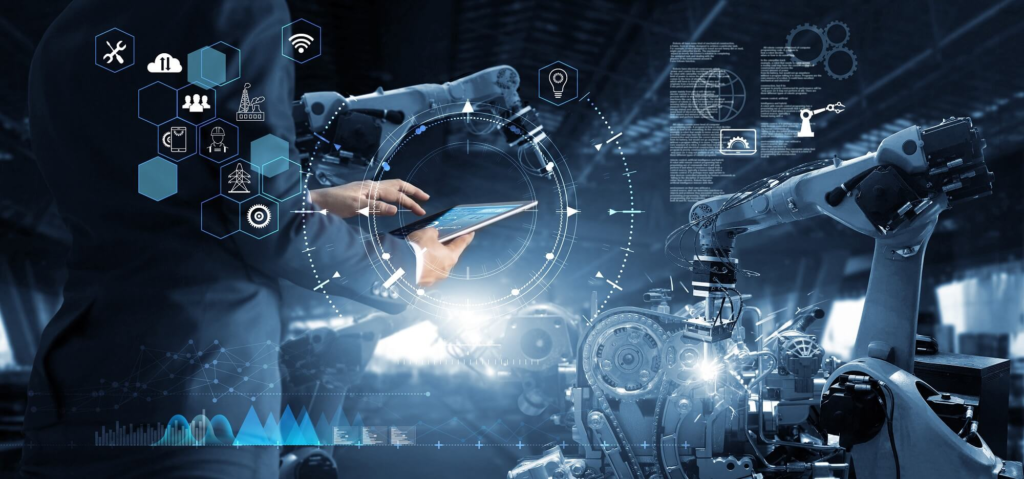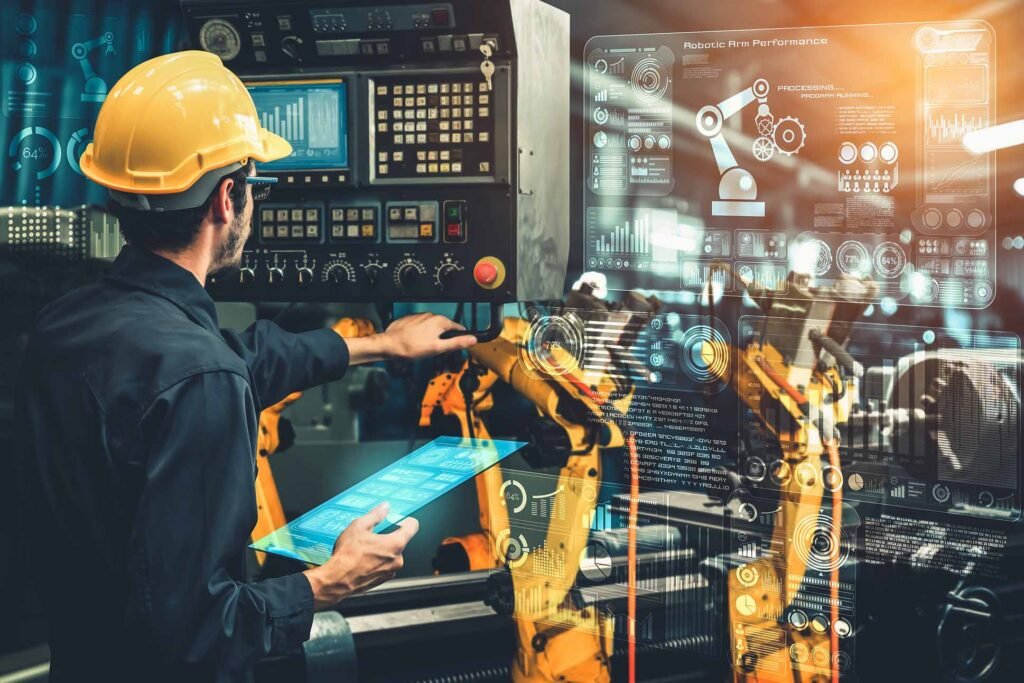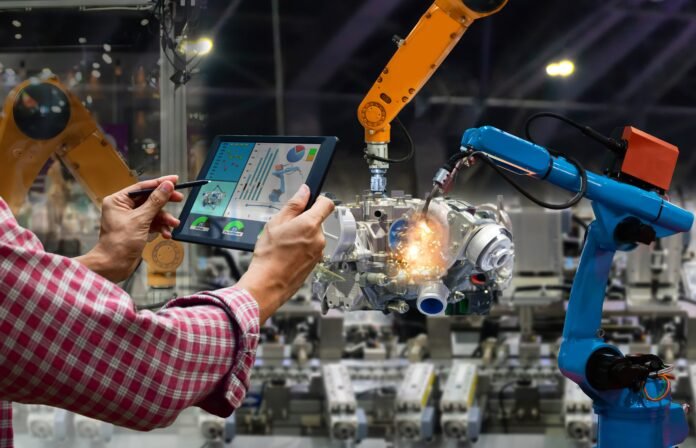Securing Cyber-Physical Systems function as transformative force for many industries in an epoch where digital technology is interwoven with the physical world. CPSs combine computational elements with physical processes. They form the backbone of modern infrastructure from smart grids to autonomous vehicles, industrial control systems, and medical devices.
Understanding Cyber-Physical Systems
An engineered system that enables the integration of sensing, computation, control and networking. One or more physical objects and infrastructures constitutes a Cyber-Physical System. Unlike traditional information technology systems, CPS interacts directly with the physical environment, creating possibilities for a direct impact from a cyber intrusion into the physical world. Such systems are ubiquitous in domains such as:
- Energy (smart grids, SCADA systems)
- Transportation (autonomous vehicles, traffic control)
- Healthcare (medical monitoring and surgical robots)
- Manufacturing (Industrial Internet of Things, robotics)
- Defense (unmanned aerial systems, cyber warfare platforms)
Key Security Challenges in Cyber-Physical Systems
1. Heterogeneity and Complexity
The CPS, as it turns out, consists of several devices, platforms, and protocols among others, all having different security requirements and capabilities. Security management becomes more complicated with the meritorious integration of old systems with modern technology.
2. Real-Time Constraints
Numerous CPS applications require real-time operation, so even a brief suspension could trigger failure on the system. Conventional security mechanisms, such as encryption and authentication, could lead to unacceptable latencies for time-sensitive operations.
3. Physical Attack Vectors
CPS components, being physical entities, can be susceptible to physical threats such as tampering, theft, or damage. Any manipulation of the sensors or actuators would be carried out such that it would change the behavior of the system without depending on network access.
4. Limited Resources
Designs of CPS in situations like remote and embedded settings often constrain the devices with limited processing power, memory, and power. Traditional security protocols thus cannot be employed.
5. Human Safety Implications
While traditional cyber attacks usually cause data or monetary loss, such attacks on CPS may bring about harm to live beings. For instance, hacking into a connected car or a medical device can take a human life.

Opportunities and Emerging Solutions
While the challenges are significant, they also open the door to innovative security strategies and technologies.
1. Security-by-Design
Building in security from the very beginning has become a pivotal mindset. This involves threat modeling during design, secure coding procedures, and formal verification techniques that ascertain system behavior according to specification.
2. Behavioral Anomaly Detection
It has been shown that the behavior of physical cyber systems can be handled by the use of Artificial Intelligence and Machine Learning Algorithms. These unnatural systems can observe any anomalies occurring not only in sensor data but also in actuator commands. Which act as red lights in terms of cyber-physical attacks.
3. Zero Trust Architecture
If there was any real statement about reducing the attack surface, that is by introducing a Zero Trust model in which no device, user, or system is considered inherently trusted. Authentication, authorization, and constant validation are enforced throughout.
4. Digital Twins
However, predictive maintenance, risk analysis, and security testing are done without affecting the real system, which is more safe and effective in preparing a strategy for responding to threats. The first sentence is: A digital twin is a real-time, virtual representation of a physical system.
5. Collaborative Threat Intelligence
Sharing cyber threat intelligence among sectors and government bodies improves collective defence. Information Sharing and Analysis Centres (ISACs) can make this happen as they permit an easy and quick-action dissemination concerning new threats and countermeasures.
Regulatory and Compliance Considerations
Many a government and regulatory agency tend to realize the relevance of CPS security over time. The standards and frameworks are NIST SP 800-82, IEC 62443, and ISO/IEC 27001, and they provide structured guidelines for the security of industrial control systems and other cyber-physical environments.

Conclusion
The securing of cyber-physical systems has ceased to be an option; it has turned into an essential thing in a digital modern time. Now that CPS constitute the whole architecture of the births upon which society relieves their services from, such must be made safe against any cyber threats.
This is why at Jazz Cyber Shield, we bleed cybersecurity across knowledge and solutions with respect to some of the most complex and most dynamic environments.




Your article on Securing Cyber-Physical Systems: Challenges and Opportunities was a fantastic read. I really appreciated how you explained the unique risks that come with integrating digital and physical infrastructures, especially in industries like healthcare and transportation. The way you highlighted the importance of real-time monitoring and layered security strategies was very insightful. I also liked the balance between outlining current challenges and pointing out future opportunities for innovation in this field. Brilliant work, Jazz Cyber Shield! This piece is a must-read for anyone serious about cybersecurity in modern interconnected systems.
Fantastic read! As someone working in IoT security, I found this article incredibly insightful. It clearly breaks down the complexities of protecting interconnected physical systems, from industrial automation to smart cities. The section on real-time threat response really hit home.
Excellent article! Cyber-physical systems are becoming more important in industries, and your breakdown of the security challenges was spot on. I especially liked how you also highlighted the opportunities for businesses to strengthen resilience through modern cybersecurity practices